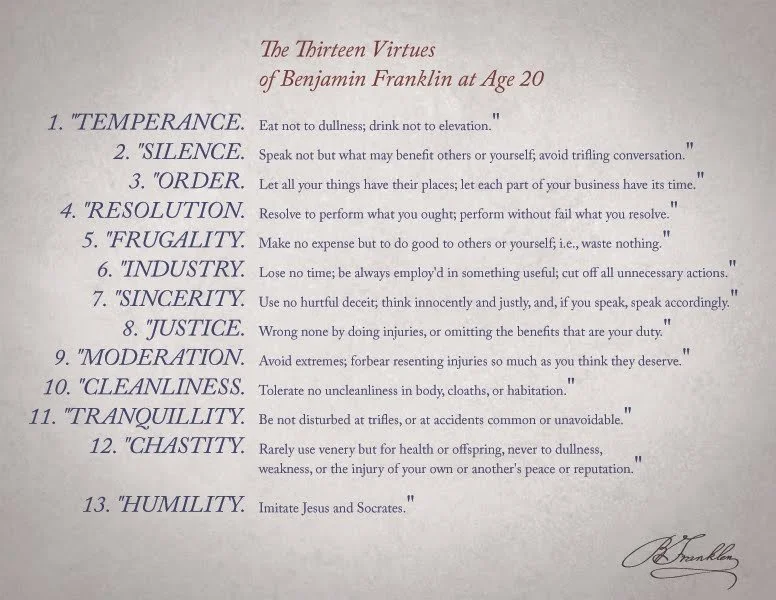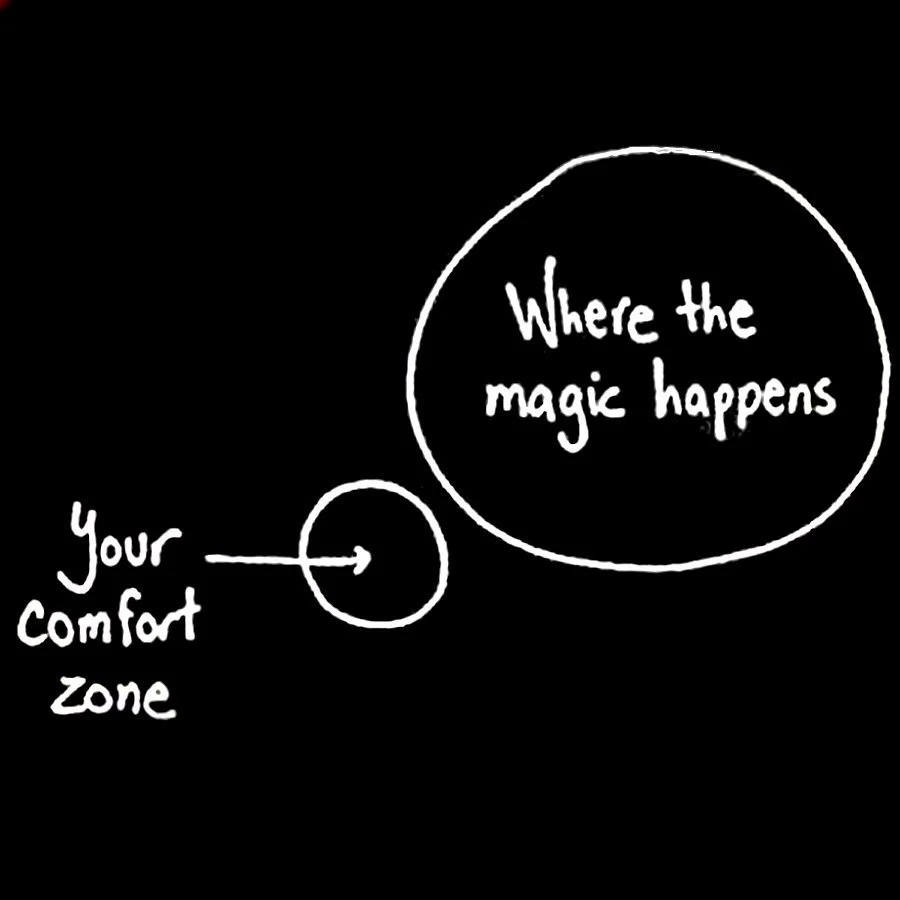What the heck is self-awareness and why should you care? Part 2
I’m often asked what is the most important skill as a product management leader. My response: self-awareness.
Most people are really surprised at my answer. I think they might be expecting something more like a good strategic mind or someone who has a strong grasp on the customer, the numbers and the market. Maybe someone who can build really good upward relationships, is a great communicator and is resilient and adaptable (all of which are outcomes of self-awareness, by the way).
I’m not alone in thinking of self-awareness as a meta skill in product management and any leadership role for that matter. In his book, True North: Discover Your Authentic Leadership, Bill George mentions that when Stanford Graduate School of Business asked its advisory council the most important capability for leaders to develop, their answer was nearly unanimous: self-awareness.
A lot of you must be interested in and intrigued by the idea of self-awareness too. A few years ago, I wrote an article about how incredibly beneficial self-awareness is on both personal and professional levels in product management, and how to begin to understand self-awareness. The article is one of my highest viewed posts, with thousands of readers to date and featured in Best Agile Articles of 2018.
Over the last few years, I’ve learned more about self-awareness - through my own practice, lots of study, and by working with product executives and leaders to build their own understanding of it as a fundamental element of their leadership development.
I’m more convinced than ever before that self-awareness is the meta skill in our work. Just to name a few benefits that product leaders who are self-aware bring to their work, they:
Make informed decisions based on validation and input from others because they realise that they truly don’t have all the answers.
Build healthy relationships and increased retention and engagement, because those with self-awareness have a fundamental understanding of how their own behaviours impact others - positively or negatively.
Effectively communicate to colleagues, team members, stakeholders, and customers because they realise what they do and say (or don’t do/don’t say) affects others and the decisions they make.
Take responsibility for actions and learn from mistakes, because they’ve learned how to reflect in a way that moves things and people forward, and doesn’t hold people back.
A common example of what self-awareness means in practice for a Product person might be something like this: perhaps we’re really pushing for something to be included in a roadmap, strategy, or even new design. Then we realise - through reflection, retrospection, and from taking in others’ reactions to the behaviours - that the reason we’re pushing for this initiative, feature, etc., might just be out of our own interests and not those of the team, stakeholders, or even customers. That to me sounds like an exercise of self-awareness.
Also, in my book Hiring Product Managers, I talk about how self-awareness plays a huge role in who we hire and how we think about hiring. From how we approach job descriptions to the type of questions we ask in interviews and how we consider a candidate’s interview performance, self-awareness is an often overlooked but fundamental component to successful hiring.
While bringing self-awareness into our work has incredible benefits, even the most self-aware person among us is less aware than they think. Tasha Eurich - an organisational psychologist, researcher, and New York Times bestselling author of Insight - found that while 95% of people think they’re self-aware, the real number is closer to 10% to 15%. In another study of 17,000 people worldwide by the Hay Group Research, 19% of women executives and 4% of men interviewed displayed self-awareness. (I’ll let those numbers speak for themselves.)
With such an important, and often misunderstood skill, I wanted to share an update on my thinking and learning about self-awareness, and pass along a few new ways that you can make it a core aspect of your product leadership development.
Two Types of Self-Awareness: Internal and External
According to Eurich, self-awareness falls into two categories: internal and external. Internal self-awareness is what most people think of when they hear the term - an internal assessment and realisation process that is mostly silent and mental. To build internal self-awareness, we tend to lean into self-reflection, journaling, meditation, and even therapy that can help us to conduct a deeper study of self. But it’s equally crucial to develop external self-awareness, which assesses your impact on the world around you. In our working context that might include how your behaviour and actions impact team members, stakeholders, managers, and yes, even your customers.
More on both internal and external self awareness below, along with archetypes that Eurich created to map internal and external self awareness.
Internal
Internal self-awareness means understanding our own values, passions, and goals, and how they interact with our environment, reactions, and impact on others. It is correlated with higher job and relationship satisfaction, personal control, and overall happiness.
A person with high internal awareness:
Has firm, clear opinions about self and values
Highly values productive self-reflection (more on productive self-reflection below)
Is willing to put in the work to keep learning and growing
Makes decisions that are consistent with self
Feels ownership over future paths and happiness levels
External
External self-awareness means understanding how other people view us, in light of our values, passions, & goals, and how our behaviours affect other people’s perceptions of us.
A person with high external awareness:
Maintains strong personal and professional relationships
Displays humility and a desire for genuine feedback from others
Capacity to make changes based on feedback
Discernment to choose when to make changes and when to simply use feedback as useful information to help understand an environment and people
How to cultivate both internal and external self-awareness
Everyone is different. What works best for me, may be impossible for others. Understanding and building a human skill like self-awareness is a non-linear process and keeping an open mind is key to finding your personal growth strategies. As I’ve talked about before, you can start with an approach of continuous self discovery and by building experiments to integrate what you learn about yourself on a daily basis. Below are several experiment suggestions to help you stretch yourself and improve both your internal and external self-awareness.
Cultivating internal awareness:
1. Productive self-reflection
At age 20, Benjamin Franklin had already built an extraordinary system for personal self-reflection (Yes, I mean Ben Franklin, Founding Father of the United States, inventor, author, and writer). He identified 13 virtues that were of high value to him: Temperance, Silence, Order, Resolution, Frugality, Industry, Sincerity, Justice, Moderation, Cleanliness, Tranquility, Chastity, and Humility.
Source: Benjamin Franklin: How Keeping A Journal Leads To A Better Life
He then created charts to track how well he stuck to (or neglected) those virtues on a daily basis! I’m a big proponent of writing things down by hand, and in this example, it’s possible to imagine how useful it would be to track and reflect with such meticulous records.
But self-reflection doesn’t have to be quite so involved to be productive. It can be as simple as a short list of questions that you review every day, or even on a weekly basis. Some questions I’ve asked myself in the past were:
What do you want to accomplish today?
What are you worried about?
What worked well today / yesterday?
What will you do differently tomorrow?
What are you most grateful for?
Notice that all of the above questions have something in common: they are WHAT questions. In this study by Anna Sutton, there’s a distinction made between rumination and reflection. Rumination is when you get stuck in a rut of analysing what happened with a negative perspective, which can lead to depression, anxiety, guilt, or shame. That type of introspection deals with the WHY of what is happening. WHY questions point your focus to the past, and can lead to harmful rumination and stagnation. Asking WHAT questions however, enables a future-focused perspective, and more effectively leads to positive change.
Whether exercising your internal or external self-awareness muscles, try to focus on WHAT questions to keep you moving forward.
2. Mirror-looking
Looking at yourself in the mirror, as it turns out, is an experiment that has been shown to be very effective in self-reflection and awareness. Tara Well is a professor of psychology at Barnard College who developed a mirror-based meditation that has been proven in some studies to increase self-compassion and self-awareness, if practised for 10 minutes each day:
“In my own research, I teach people to use mirrors as a meditation tool that increases their self-awareness. When people first look at themselves, they are often very critical. I teach them how to shift their perspective and use their reflection for deeper self-awareness. They learn to track their attention and emotions and gain new insights into how their thoughts are affecting them in real time — this sort of mimics face-to-face conversations that involve deep listening and being fully present with another person.”
-Tara Well
What better way to cultivate self-awareness than to listen deeply and be fully present with yourself on a daily basis? Multiple studies have shown that eye-gazing, or looking quietly into another person’s eyes can build trust, intimacy, and attraction between two people. It makes sense that if you want to understand yourself and gain a strong sense of self and connection, you can employ the same practice, simply by “eye-gazing” with yourself in a mirror.
Cultivating external awareness:
1. Observational feedback
Executive coach and author Marshall Goldsmith recommends this simple practice to help you to begin to identify how others are responding to your behaviours and what blindspots you might have.
For one day, write down all of the casual remarks you hear about yourself:
“You’re late, Kate.”
“That’s a great idea, Kate!”
“Are you listening, Kate?”
“You already said that, Kate.”
At the end of the day, take a look at the list and mark each comment as positive or negative. Are there any patterns that emerge, especially from those negative comments? Maybe there are quite a few about your lateness, which is something you’ve not noticed before? This is a simple and unobtrusive way to receive feedback and understand more clearly how others perceive you. The goal is to gather all the verbal clues being shared by the people in your life about how you impact their lives. Then, put in place some small experiments to change the behaviour. What if for a week you made an effort to show up to meetings not only on time, but five minutes early? Is there a new response of shock and awe from your colleagues? Again, at the end of the experiment take stock - what’s changed in your observational feedback, what hasn’t, and what do you want to try next?
2. Taking healthy risks
We all have blindspots in our personal growth. You don’t know what you don’t know, right? Well, if we are blind to them, how are we supposed to find them in the first place? You can use the people and environments around you as sounding boards to analyse your impact on your world. One of the ways you can do this is by taking healthy, intentional risks that put you slightly outside of your comfort zone and routines. Every new environment or action is an opportunity to see not only how you react, but to see how others react to you - thereby growing your external self-awareness..
Healthy risks at work might look like:
Taking on a new initiative at work that you’re interested in, but have held back from previously because the topic is new to you.
Applying for that job that seems slightly out of reach.
Asking for help on completing a new project or how to handle a challenging stakeholder. For many of us, even the action of putting our hands up and requesting help in some form takes us outside our comfort zone.
Asking someone you respect and admire to be a mentor.
Personally, one of my favourite healthy risks is when I have the privilege of travelling. It is particularly humbling and rewarding to go to places where I don’t speak the language, or I don’t know the culture very well. It can be stressful, things can go completely wrong, communication mishaps are often, and I am more likely to end up in a position of needing to apologise or course-correct my behaviour when visiting foreign locales. All of those struggles - not to mention the joys and triumphs and special moments - teach me so much about myself, my values, and the impression I give to other human beings.
Keep experimenting
After trying any of the above (or other) experiments, you can keep the process going by engaging in a self-awareness learning loop and asking yourself these questions:
Learn: What have I discovered?
Reflect: What does it mean to me and those around me?
Apply: What small action can I take to try something different?
As I concluded in part 1 of this article from four years ago, what works for one person in developing self-awareness is going to be different than what works for another, so please play and experiment with these ideas and create your own. Because at the end of the day, it all comes from you. You do the hard work. But that intention can take you — your family, team, and even organisation — to a far better place.
And if cultivating self-awareness is something you consistently struggle with, reach out to me about one-on-one executive and leadership coaching. You can find out more about my offerings here. (Ps. I’ll be announcing a new group leadership coaching offering soon, stay tuned for details!)
Subscribe to Product Leadership Essentials
Sign-up to my email newsletter to learn more about how to better understand and build your authentic Product Leadership skills.





